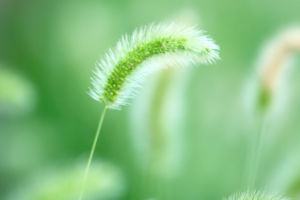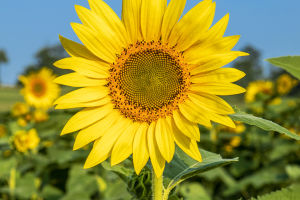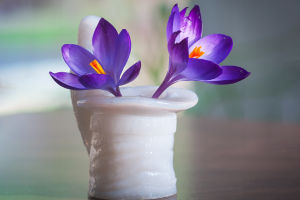Flowers, with their vibrant and varied hues, have always captivated the human imagination.
The kaleidoscope of colors we see in nature is not just a feast for the eyes but serves several critical functions.
Understanding why flowers come in all different colors requires delving into the science of plant biology, the mechanics of pollination, and the interplay between plants and their environment.
The Role of Pigments
The colors in flowers are primarily due to pigments, which are chemical compounds that absorb certain wavelengths of light and reflect others. The main pigments responsible for flower coloration are chlorophyll, carotenoids, and anthocyanins. Chlorophyll, which is green, is most often found in leaves but can also influence flower color. Carotenoids produce yellow, orange, and red hues, while anthocyanins contribute to red, blue, and purple shades. These pigments can be present alone or in combination, creating a wide array of colors.
Attracting Pollinators
One of the primary reasons flowers exhibit such a variety of colors is to attract pollinators. Different pollinators, such as bees, butterflies, birds, and bats, are attracted to different colors. For instance, bees are attracted to blue and violet flowers because they can see ultraviolet light, which is invisible to humans. Birds, particularly hummingbirds, are drawn to red and orange flowers. Moths and bats, which pollinate at night, prefer white or pale flowers that are more visible in low light conditions.
Flowers have evolved to maximize their chances of being pollinated by specific animals. This mutualistic relationship ensures that flowers are fertilized and can produce seeds, while pollinators receive nectar or pollen as a reward. The specific colors that attract certain pollinators are a result of millions of years of evolution and adaptation to their environments.
Environmental Adaptations
The environment plays a significant role in the coloration of flowers. In areas with abundant sunlight, bright and bold colors are more common, as these can withstand and even utilize the intense light. In contrast, in shaded or low-light environments, flowers tend to have paler or darker colors to absorb more light for photosynthesis.
Additionally, soil composition can influence flower color. For example, the pH level of the soil can affect the availability of certain pigments. Hydrangeas are a well-known example of this phenomenon. Their flowers can be blue, pink, or purple depending on the soil's pH—acidic soil results in blue flowers, while alkaline soil produces pink ones.
Genetic Diversity
Genetics is another crucial factor in flower color diversity. Mutations and genetic variations can lead to different pigment production in flowers. Over time, natural selection favors the colors that are most successful at attracting pollinators and adapting to environmental conditions. This genetic diversity within plant species ensures their resilience and ability to thrive in various habitats.
Human Influence
Humans have also played a significant role in the diversity of flower colors through cultivation and selective breeding. For thousands of years, gardeners and horticulturists have crossbred plants to enhance desirable traits, including flower color. This has led to an incredible variety of colors and patterns that might not have occurred naturally. The ornamental flower industry relies heavily on creating new and unique colors to appeal to consumers, further expanding the palette of floral hues.
Signaling and Communication
Flower colors also serve as signals to other organisms. Some colors can indicate the presence of nectar, while others might signal that a flower is not yet ready for pollination. Additionally, certain colors can act as warnings to herbivores about the presence of toxic compounds in the plant, deterring them from eating it.
Cultural and Aesthetic Value
Beyond their biological and ecological functions, flower colors hold significant cultural and aesthetic value. Different colors have been associated with various meanings and emotions in human societies. For instance, red roses are symbols of love and passion, while white lilies are often associated with purity and funerals. The rich diversity of flower colors allows them to play a prominent role in art, literature, and traditions across the world.
The myriad colors of flowers are the result of complex interactions between pigments, pollinators, genetics, and environmental factors. This diversity not only ensures the survival and reproduction of plants but also enriches our lives with beauty and meaning. Whether viewed through the lens of science or appreciated for their aesthetic appeal, the colorful world of flowers continues to fascinate and inspire.


